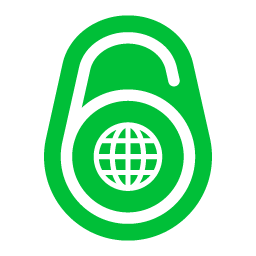
World IPv6 Launch Day: What Was It All About? [Archived]
OUT OF DATE?
Here in the Vault, information is published in its final form and then not changed or updated. As a result, some content, specifically links to other pages and other references, may be out-of-date or no longer available.
 As you may know, 6 June 2012 was World IPv6 Launch Day, a day in which major Internet-based companies, including Google, Facebook, YouTube, Yahoo! and many others permanently enabled IPv6 for some of their products and services to customers.
As you may know, 6 June 2012 was World IPv6 Launch Day, a day in which major Internet-based companies, including Google, Facebook, YouTube, Yahoo! and many others permanently enabled IPv6 for some of their products and services to customers.
Everyone has been talking about how the Internet changed that day, but what exactly does that mean?
Let’s start from the beginning. As Matt Peckham notes in his TIME article, IPv6 Day: Only the Biggest Change to the Internet Since Its Inception, 6 June marked the most significant change to the Internet’s infrastructure in its entire history.
He’s right. The numbering system that has underpinned the Internet for more than 30 years is about to run out and now everyone is adopting a new numbering system: IPv6.
However, just because this change is significant, doesn’t mean it is visible to the naked eye. In an article for Mashable entitled, The Internet Changes Wednesday, But Most People Won’t Notice, Kate Freeman explains how ISPs will be able to use IPv6 to connect new customers to the web, while existing customers are unlikely to notice a change.
While the average user didn’t notice a difference, the event is highly imperative for enterprise businesses. In an opinion article for Forbes entitled, The Internet Gets Its First Global Upgrade: Happy World IPv6 Day, our President and CEO, John Curran, explains why.
If other businesses do not also upgrade their networks to support IPv6, Internet users and devices will be forced to go through transition gateways to reach IPv6-enabled websites and devices. This would mean slower connections and services for their customers, whether other businesses or individual consumers.
Why the need for this change? In an article for Los Angeles Times, The Internet opens new IPv6 ‘onramp’ to allow for more users, Michelle Maltais describes how the explosion of mobile devices contributed to IPv4 depletion.
Luckily, this is a change we shouldn’t have to go through again. As Maltais states, IPv6 allows for 340 undecillion addresses (340 followed by 32 zeroes). That sounds like more than enough to support the growth of the Internet.
OUT OF DATE?
Here in the Vault, information is published in its final form and then not changed or updated. As a result, some content, specifically links to other pages and other references, may be out-of-date or no longer available.
